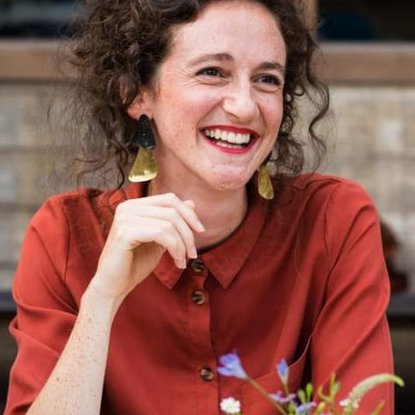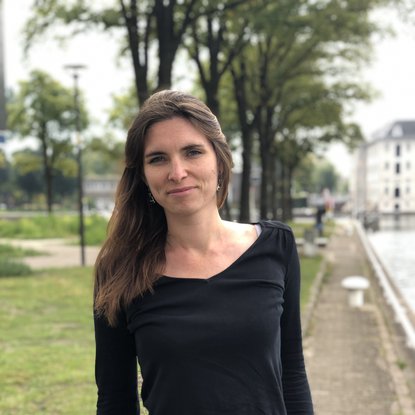50% less primary materials by 2030
Amsterdam has set course to becoming a circular city with the ambition to use 50% less primary materials by 2030 and supports more than 200 projects that reduce the material and ecological impact of the city. Measuring and monitoring of the progress made is quintessential for the transition: which projects, materials, businesses and districts show the biggest circularity potential and have the biggest circular impact? And, for that matter, what does it mean to be more circular and how can we measure that?
New York Circular City Week Webinar
New York Circular City Week is a festival for circular economy related events between 22 and 28 March 2021. It encompasses over 50 off- and online events about global frontrunners, local inspiration and current circular economy affairs. You are invited to tune in for our webinar this Friday March 26. Register for the webinar here >>
During this session, we will enter a conversation with businesses, government officials and researchers to address the following questions:
- How can material flows be visualized to identify opportunities to close material loops?
- How can technology support data-driven decision making for an effective transition to circularity?
- How can the private and public sector, academia and civil society work together to drive, monitor and manage local circular economy transitions?
- What lessons can be shared between Amsterdam and New York City in their transition towards circular cities?
Best practices: Monitoring tool geoFluxus turns waste into value
Every day large quantities of waste are generated in cities. All too often this waste is exported to be incinerated. We can turn high-quality waste resources into value. During the webinar, we discuss and show how monitoring tool geoFluxus leads the way to a circular economy by mapping waste flows.
In short, with geoFluxus, incomprehensible waste data tables – including a.o. import and export and treatment methods – are converted into comprehensible maps and graphs. This is extremely valuable for spatial strategies in many other cities world-wide.
When, where, who? - When: Friday March 26, 2:00pm CET (9:00am EDT);
- Location: Register here to receive the dial-in details;
- Our speakers: Jacqueline Cramer (Professor Sustainable Innovation, Utrecht University and former Dutch minister of Housing, Spatial Planning and the Environment), Rusne Sileryte (Co-founder & CTO, geoFluxus), Jane S. Wu (Waste Management Expert, Arcadis New York) and our Program Manager Circularity in Urban Regions, Joppe Van Driel.

